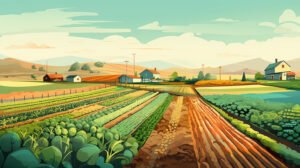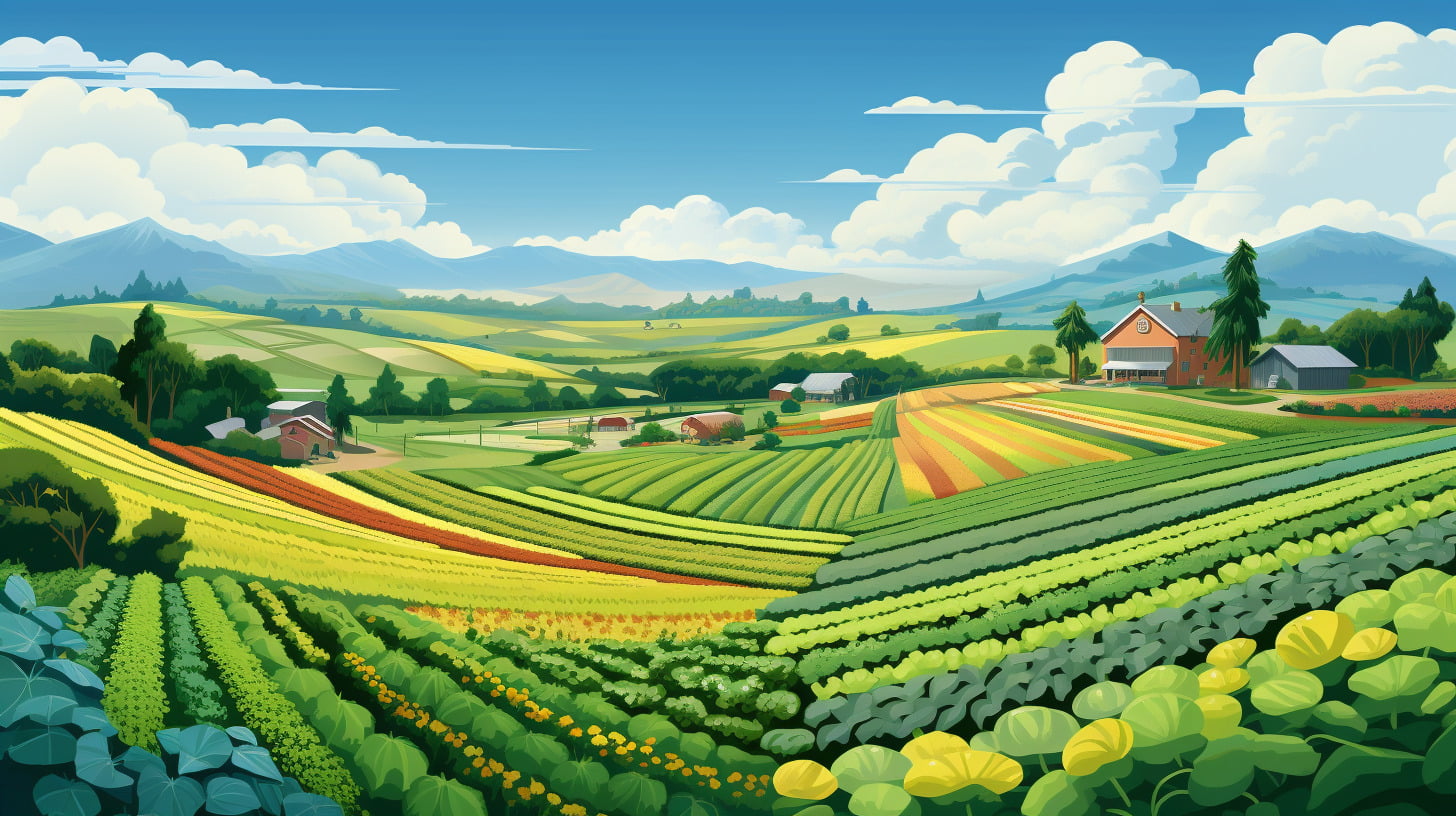The Pacific Northwest, with its temperate climate and rich soils, offers a unique environment for farming. However, to maintain the health and productivity of our soils, it’s crucial to understand and implement effective crop rotation strategies. Crop rotation not only ensures soil fertility but also aids in preventing soil-borne diseases and pests. Let’s delve into the best practices for crop rotation in the PNW and highlight crops that thrive in our region.
Why Crop Rotation Matters
At its core, crop rotation is the practice of growing different crops in succession on the same piece of land. This method offers several benefits:
1. Soil Fertility: Different crops have varying nutrient requirements. By rotating crops, we can ensure that the soil isn’t depleted of specific nutrients. Some crops, like legumes, can even fix nitrogen from the air, enriching the soil.
2. Disease and Pest Control: Many pests and diseases are crop-specific. By changing the crops each season, we can break the life cycle of these pests and diseases, reducing their impact.
3. Soil Structure and Erosion: Certain crops, like grasses or deep-rooted plants, can improve soil structure and reduce erosion.
The PNW Crop Rotation Blueprint
Given the unique climate and challenges of the PNW, here’s a suggested rotation plan:
1. Year 1 – Legumes: Start with nitrogen-fixing legumes like peas or beans. These crops will enrich the soil by adding nitrogen, an essential nutrient for many plants.
2. Year 2 – Leafy Greens: Capitalize on the nitrogen-rich soil by planting leafy greens like spinach, kale, or lettuce. These plants thrive on nitrogen and will grow lush and healthy.
3. Year 3 – Root Crops: Rotate to root crops like carrots, beets, or potatoes. These crops benefit from the well-structured soil left by the leafy greens and help in breaking up the soil further.
4. Year 4 – Fruit-bearing Plants: Tomatoes, peppers, or cucumbers can be introduced now. These plants require a balanced soil profile, which has been achieved through the previous rotations.
5. Year 5 – Grains or Grasses: Consider planting grains like barley, wheat, or cover crops like ryegrass. These plants have deep roots that improve soil structure and prevent erosion.
Additional Tips for Successful Rotation
– Intercropping: Consider planting two or more crops together. For instance, planting radishes with carrots can help in pest control.
– Cover Crops: During off-seasons or fallow periods, consider planting cover crops. These crops, like clover or vetch, can protect the soil from erosion, suppress weeds, and improve soil health.
– Soil Testing: Regularly test your soil to understand its nutrient profile. This will help in making informed decisions about the next crop in the rotation.
In conclusion, crop rotation is an age-old practice that holds immense relevance even today, especially in regions like the PNW. By understanding the needs of our soil and the benefits of different crops, we can ensure sustainable and productive farming for years to come. Remember, healthy soil is the foundation of a thriving farm. Rotate wisely!


Get involved!
Comments